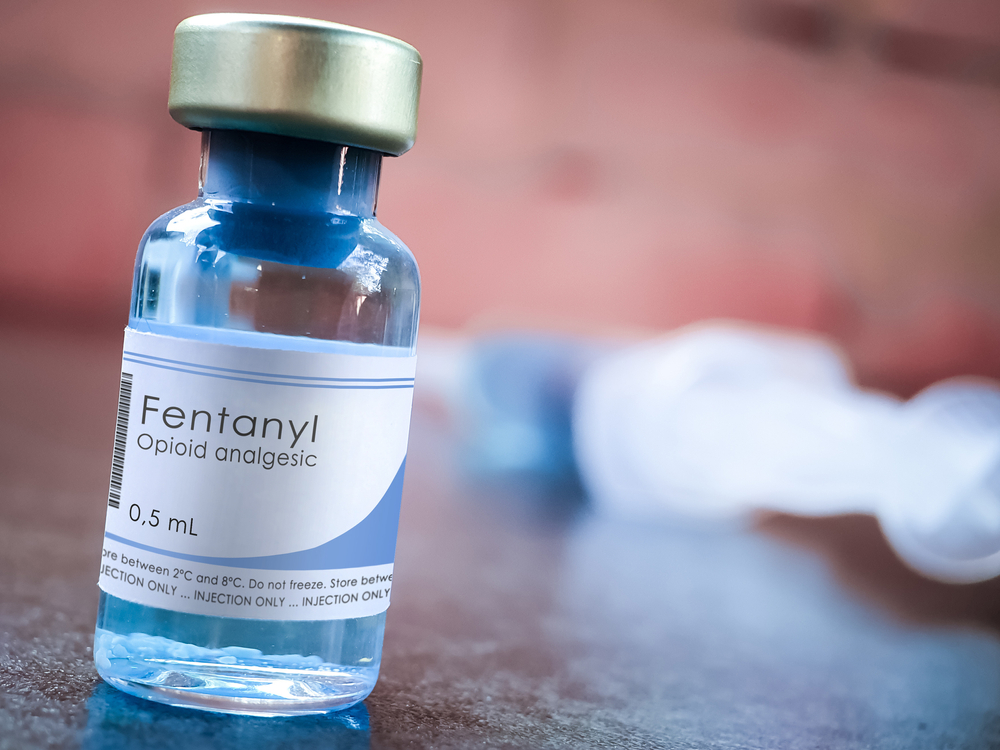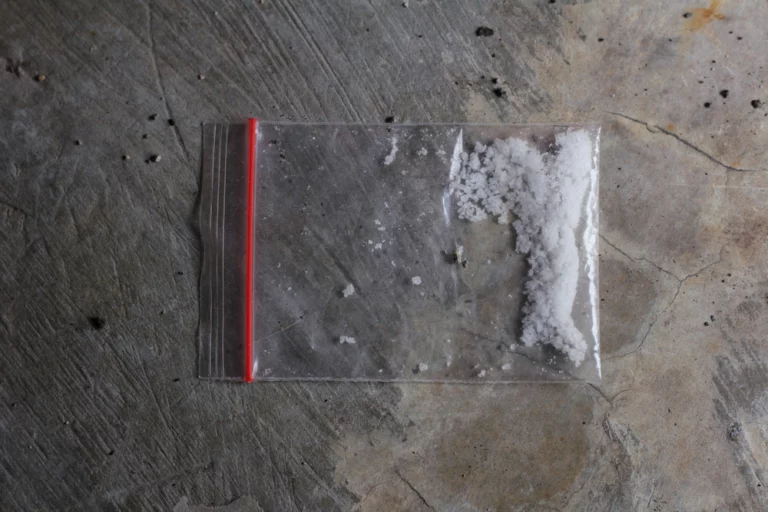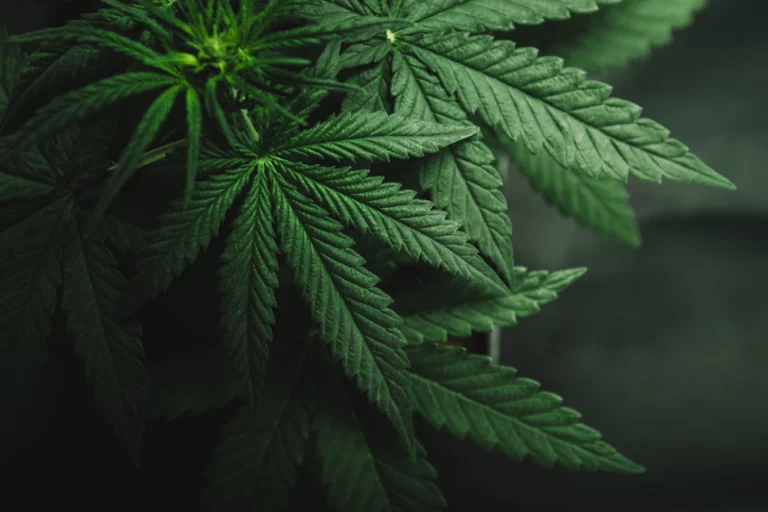What is Fentanyl? A Complete Guide
What is fentanyl? In short, it is a drug that can quickly destroy a person’s life if left untreated. With long-term use, fentanyl can alter behavior, cause permanent bodily harm, and even lead to death. Because it is so addictive, quitting without proper assistance might be difficult and dangerous. That is why it is important to be informed on the dangers of fentanyl, signs of fentanyl abuse or addiction, and how to seek assistance if you or a loved one is addicted to this drug. Keep reading for more information.
What is Fentanyl?
Fentanyl is a man-made opioid that was created from the opium poppy (Papaver somniferum). It is used to provide relief to patients after surgery who are experiencing severe discomfort. Doctors may also prescribe fentanyl to cancer patients with chronic pain who have become tolerant to less powerful opioids or who experience breakthrough or other short-lived pain increases.
Fentanyl is 50 to 100 times stronger than morphine, and it is available as a lozenge or transdermal patch. It is frequently used as an analgesic in the United States, but fentanyl-related deaths and injuries have been rising as a result of illegally manufactured fentanyl. It is sold through illegal drug markets as an alternative to heroin. It is often mixed with heroin or cocaine to increase its euphoria, although the user may not be aware of this.
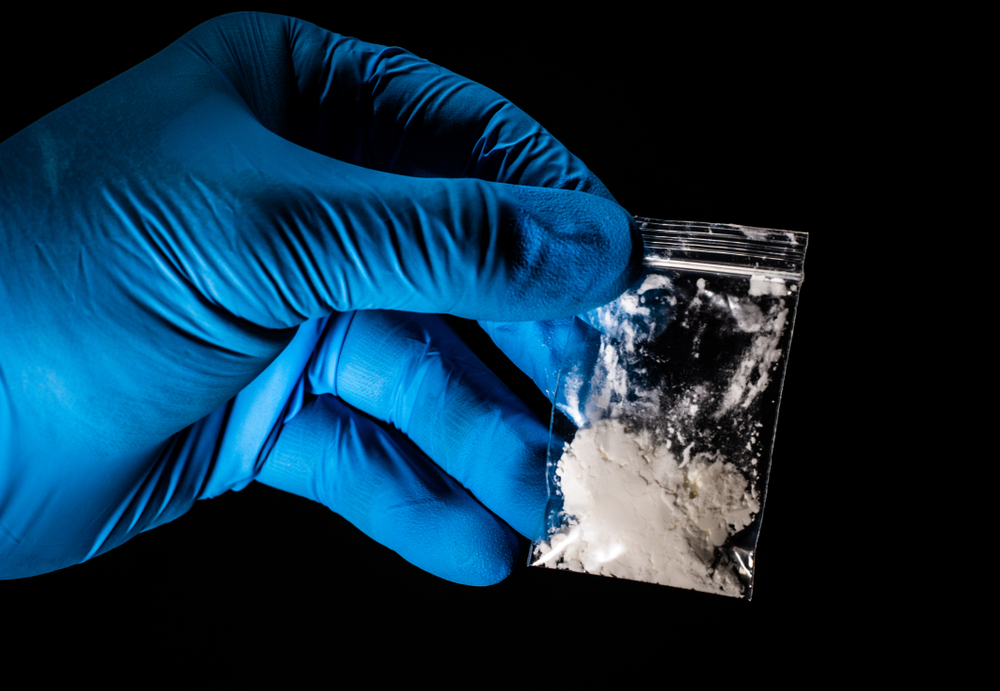
What is Fentanyl Used For?
Fentanyl may be prescribed by a doctor if you have cancer, nerve damage, serious injuries, or major surgery-related pain. Fentanyl is available in a variety of forms, including lozenges, skin patches, injections, and IVs.
How Does it Work?
The brain’s opioid receptors that regulate pain and emotion are triggered by fentanyl. Endorphins, the body’s natural painkillers, bind to these receptors. Neurotransmitters known as beta-endorphins are released by the body following an injury or trauma as a response. Pleasurable activities such as laughter, sex, and exercise also cause the release of endorphins. Opioids activate the brain’s reward system by releasing endorphins in addition to providing pain relief.
Taking opioids can cause a person to experience pleasure as a result of an overload of reward circuit signals in addition to the increased analgesia provided by these drugs. The production of endorphins is inhibited, resulting in a euphoric state. Over time, the brain adjusts to the effects of opioids, making them less able to experience pleasure without them, such as fentanyl. This may be an indication of an opioid use disorder, which is the clinical term for an addiction to fentanyl or other opioids.
Where Does Fentanyl Come From?
Sublimaze, the first fentanyl brand in the United States, was introduced in the 1960s to provide relief from pain following surgery. Because of its strong addictive qualities, it was listed as a Schedule II controlled substance in 1970. Its addictive qualities were so severe that, in every instance, drugs from this category are classified as having significant medical uses while also presenting a substantial risk of addiction if misused. Drugs from this category are used with extreme caution and only on the recommendation of a physician to minimize risk.
Fentanyl produced illicitly, on the other hand, comes as a powder or a liquid. Because it has no flavor or scent and is simple to manufacture, it is commonly mixed into other drugs, such as heroin, cocaine, and meth, often unintentionally by those who purchase them. 1 It is also manufactured into pills to resemble other opioid pills and drugs, such as Xanax or Adderall. In addition, fentanyl is put into eye drops, nasal sprays, and candy as a liquid.
How Strong is Fentanyl?
Fentanyl is an opioid drug manufactured synthetically that is 50 times stronger than heroin and 100 times stronger than morphine. It is the leading cause of fatal and nonfatal overdoses in the United States. Fentanyl is manufactured either as a pharmaceutical or an illicitly manufactured drug. Both are considered synthetic opioids.
Pharmaceutical fentanyl is given to patients suffering from severe pain after surgery or for late-stage cancer to help them cope. However, most fentanyl-related overdoses are linked to illicitly manufactured fentanyl, which is marketed through drug markets as a heroin-like substance. Illegal drug manufacturers frequently include fentanyl because of its extreme potency, which lowers the price, raises the potency, increases addiction, and increases the power of other drugs.

What Does it Make You Feel Like?
Fentanyl produces similar effects to heroin and other prescription opioids. It can cause a sedative effect, pain relief, a sensation of deep comfort, and a general feeling of well-being. It can cause euphoric relaxation and an overall mental and physical high. Users may also experience:
- Dizziness
- Slurred speech
- Dry mouth
- Itchiness
- Nausea
- Fatigue
- Excessive sweating
- Irregular heartbeat
- Confusion
Because fentanyl is so powerful, it may cause excessive drowsiness, loss of consciousness, and difficulty staying awake. Because other people may not be able to rouse you, you may slip into a coma. In an overdose, your breathing and heart rate might slow down. Asphyxiation resulting from slowed or stopped breathing is often a cause of death in fatal overdoses.
Is Fentanyl Addictive?
Yes, fentanyl is highly addictive. Withdrawal symptoms may occur if someone taking prescribed fentanyl follows directions and stops taking it. Someone who is dependent on a substance but not addicted to it may be described as dependent. Dependency often leads to addiction.
Despite the detrimental effects, people with substance use disorders (SUDs) can’t stop seeking or using drugs. Addiction is the most serious type of SUD. Even if drug use harms their health or damages their employment, school, or home, people who are hooked on drugs continue to use them. SUDs fall into three categories: mild, moderate, and severe. Those who are hooked on fentanyl and stop using it frequently suffer severe withdrawal symptoms that occur as early as a few hours after the last dose. Withdrawal symptoms include:
- Insomnia
- Diarrhea
- Vomiting
- Muscle aches
- Bone pain
- Leg tremors
- Intense cravings
More than 356,000 people aged 12 or older misused prescription fentanyl products in 2020. This figure does not account for those who misused illegally manufactured fentanyl or those who blended it with other substances such as heroin. Another statistic that shows the magnitude of fentanyl addiction in the U.S. is that, between the years 2014 and 2018, fentanyl trafficking increased by 4,000%.
The following graph shows the dramatic increase in fentanyl-related fatal overdoses within the past two decades.
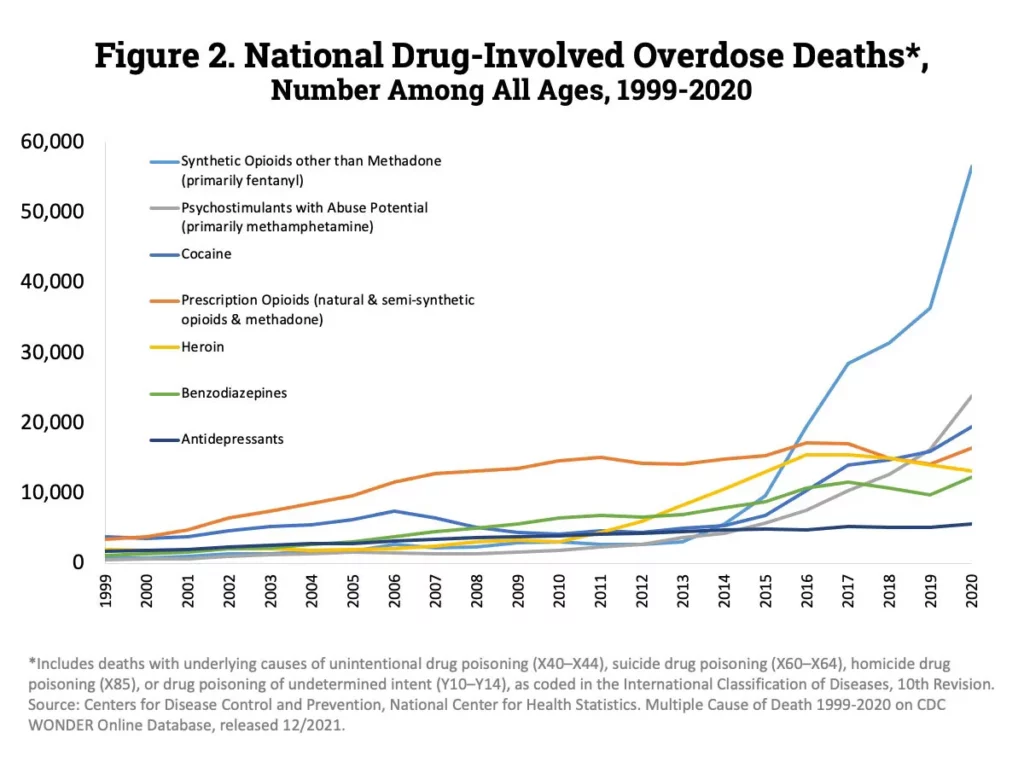
According to the National Institute on Drug Abuse, 56,516 overdose deaths were reported in 2020 alone and the majority were caused by fentanyl.
How Do People Use Fentanyl?
Doctors may prescribe fentanyl in the form of a shot, a patch that is applied to the skin, or lozenges that are sucked like cough drops. Illegal fentanyl associated with recent overdoses is frequently manufactured in laboratories. This synthetic fentanyl is sold illegally as a powder, on blotter paper, used in eye droppers and nasal spray devices, or made into pills that resemble other opioid medications.
When fentanyl is abused, the gel from patches may be scraped off and injected or chewed up and swallowed. The tablets may be swallowed, crushed and snorted, smoked, or injected, or they may be manufactured as pills to look like other prescription opioid medications such as Norco. Illegal fentanyl may also be created into pills in powder form or put on blotter paper to be placed under the tongue.
Because fentanyl requires little to produce a high, drug dealers are mixing it with heroin, cocaine, methamphetamine, and MDMA. This is especially dangerous when people taking drugs are unaware that they might be taking fentanyl as an inexpensive but harmful additive. By ingesting these other drugs, they might be unintentionally taking stronger opioids than they are used to, which can increase the chance of an overdose.
What Are Different Names for Fentanyl?
Fentanyl began as a prescription pain reliever, so it has several brand names. Because fentanyl is distributed in different ways, there are numerous brand names:
Sublimaze – Sublimaze is the brand name for injectable or IV-administered fentanyl. This is typically given to patients post-surgery.
Duragesic – Duragesic is the brand name for topical fentanyl patches that are applied to the skin for pain relief.
Onsolis – This fentanyl prescription is commonly given to cancer patients to treat pain. It is administered as a film-like substance on the inside of the patient’s cheek and dissolves within 30 minutes.
Actiq – Actiq is fentanyl in lozenge form. These lozenges, often referred to as “fentanyl lollipops”, are often prescribed to cancer patients.
Subsys – Subsys is a spray applied under the tongue and is most commonly used to treat cancer patients that have developed a resistance to other narcotics.
Fentora – Fentora comes in a tablet or pill form and is prescribed to cancer patients who have developed a resistance to milder opioid pain relievers.
Lazanda – Lazanda is a nasal spray that is to be used as needed by cancer patients who experience intense and intermittent pain.
There are many legitimate reasons to use fentanyl, but it is extremely addictive and potent, resulting in a large demand for illicit fentanyl. Fentanyl street names commonly include:
- Dance fever
- Fire
- Fent
- Dragon’s Breath
- Crazy One
- Great Bear
- Freddy
- Friend
- Goodfella
- Heineken
- He-Man
- Nal
- Murder 8
- Jackpot
- Nil
- TNT
- Tango & Cash
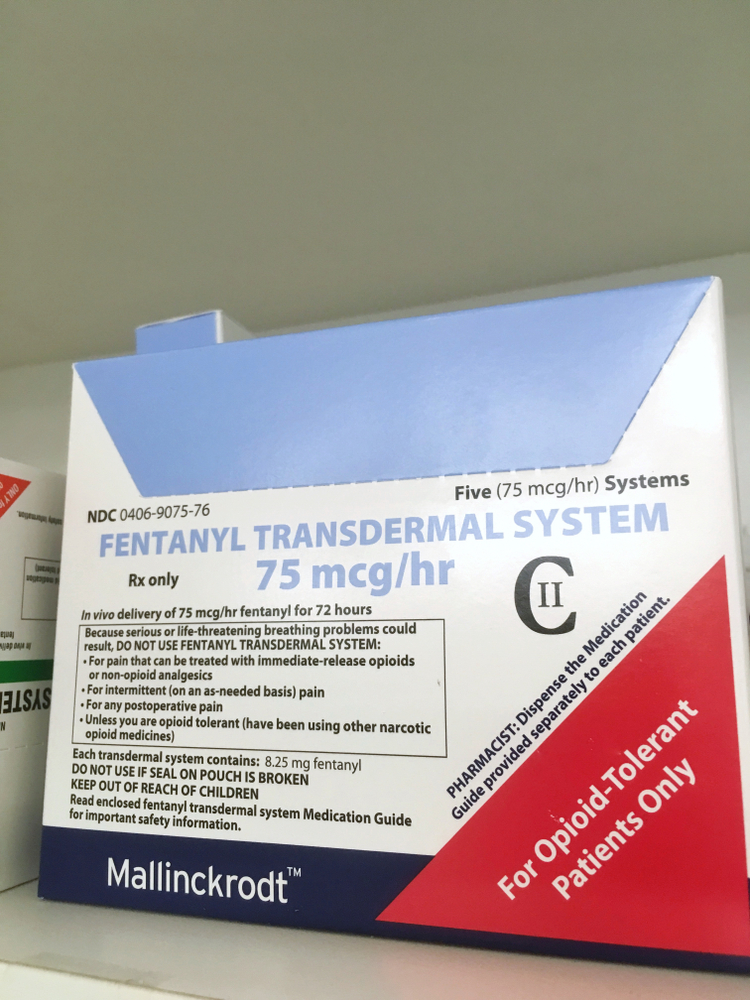
Why is Fentanyl So Dangerous?
It’s simple to explain why fentanyl is risky by simply mentioning the adverse effects of opioids. Opioid receptors in the brain are responsible for pleasure and pain. This synthetic opioid connects to these neurotransmitters and relieves pain and produces a sense of ecstasy. The brain’s reward circuits cause a person’s body to crave the drug after the first dose, even when its adverse effects seem insignificant to the user. The brain releases a reward chemical that reinforces the behavior, causing the user to ignore its consequences.
Fentanyl is so dangerous because of the detrimental effects of persistent use. In addition to providing pain relief and pleasure, here are some of the negative consequences of fentanyl abuse:
- Nausea
- Drowsiness
- Insomnia
- Slowed heart rate
- Depressed breathing
- Sedation
- Unconsciousness
This is not an exhaustive list, and it doesn’t include all of the negatives of fentanyl on your social, professional, and daily life. Fentanyl’s most dangerous consequence is overdose, which is the route any addiction will take if left untreated. Because of the way these substances function, the impact will increase as tolerance develops.
Opioids are generally dangerous because of their ability to suppress the central nervous system. Despite the fact that they have beneficial medical applications, they are dangerous because of their potency. Addiction may develop if someone becomes dependent on the medication, even when it is being used for its intended purpose.
Fentanyl is much more powerful than other opioids. According to the DEA, fentanyl is 100 times more powerful than morphine and 50 times more powerful than heroin. People usually overdose on fentanyl because of this extremely powerful potency. The DEA has stated that about 2 milligrams of pure fentanyl are sufficient to cause death. About 42% of the illegally distributed and tested pills have 2 milligrams or more of fentanyl. They also state that one kilogram of fentanyl is enough to kill 500,000 people.
What Are The Side Effects of Fentanyl?
The most typical side effects of fentanyl abuse are addiction, tolerance, and an uncontrollable craving for the drug. When the body receives fentanyl, it makes adjustments. As a result of tolerance, the person must take more fentanyl to achieve the desired high. The risk of harmful side effects increases as the person’s fentanyl intake increases because of tolerance. Fentanyl abuse can trigger a wide range of harmful side effects. Therefore, it is critical to recognize some of the most frequent side effects of fentanyl, which include but are not limited to:
- Confusion
- Blurred vision
- Fainting
- Irregular heartbeat
- Chest pain
- Convulsions
- Dry mouth
- Chills
- Excessive sweating
- Mood changes
- Loss of appetite
- Pale skin
- Numbness in extremities
- Mouth ulcers
- Fatigue
- Swelling in extremities
- Black stool
- Decreased urine production
- Pounding in ears
How Does Fentanyl Work in the Human Body?
Fentanyl activates the brain’s reward centers by binding to opioid receptors throughout the brain and body. While naturally occurring dopamine is released in small quantities in the brain, a large amount floods the reward center when triggered by fentanyl. The result of a fentanyl-induced dopamine rush is euphoria and extreme relaxation, which explains why someone might become addicted. Because their brain craves the substance’s reward, addicts require increasingly large doses over time to achieve the same result. Addiction can lead to severe consequences, including brain damage or even death if it goes untreated for a long time.
Norepinephrine, a substance produced by your brain, regulates the central nervous system. Opioids interfere with your brain’s production of norepinephrine, creating a slowing of the brain and central nervous system. In addition to lowering body temperature, opioids also decrease the body’s heart and respiration rates, resulting in a loss of consciousness or even death.
Low temperatures, as a result of the drug’s effects on the body’s temperature, can lead to a dangerous health condition called hypothermia. The body loses heat faster than it can generate it due to the drug’s effects on your respiratory and cardiovascular systems as well as your body’s internal temperature. Because of hypothermia, a user may suffer brain damage and cardiac failure if it is not treated promptly. Chronic, long-term use of fentanyl and opioids might degrade the white matter of the brain. This causes behavioral changes like how you feel emotions, how you react to stress, and how you make decisions.
What Should You Do if Someone Overdoses?
Fentanyl overdose occurs when an individual takes higher amounts of fentanyl than their body can handle, which is determined by their weight, tolerance, and history of previous fentanyl use. Ingesting excessive amounts of fentanyl can cause severe adverse reactions and life-threatening symptoms. Individuals who don’t recognize that fentanyl has been added to other substances (such as heroin) are at increased risk for overdose since they are not accustomed to opioid effects as potent as those of fentanyl.

Signs that someone has overdosed on fentanyl include:
- Unconsciousness
- Pinpoint pupils
- Vomiting
- Limp body
- Paleness
- Clammy skin
- Unresponsiveness
- Blue skin, lips, and fingernails
- Shallow breathing
- Weak pulse
- Choking sounds
An opioid overdose is an emergency medical situation, so if you suspect someone is overdosing on fentanyl, take the necessary steps.
- Call 911 immediately and inform the police of the drug overdose and give them the victim’s location and street address. If there are other persons there, send someone to wait for the ambulance and guide the emergency medical technicians to the victim.
- Attempt to revive the patient by speaking loudly, pinching, or rubbing your knuckles vigorously across the sternum (the bony part in the middle of the chest).
- Check to see if the victim is breathing. If not, provide rescue breathing (mouth-to-mouth) by pinching the victim’s nose shut and blowing into the mouth. Once the victim has resumed breathing on his own, lay them on their side.
- Administer Narcan if you have it and know how to use it. Narcan, also known as Naloxone, is an opioid antagonist and can be used to reverse an opioid overdose. Naloxone may be administered in two FDA-approved forms: an injectable solution that may be injected into muscle, veins, or under the skin, or a metered dose nasal spray. Because of fentanyl’s strength, naloxone might have to be administered multiple times to reverse a fentanyl-related opioid overdose.
- When help arrives, stay with the victim and provide rescue breathing if breathing stops. Stay with the victim until help arrives and encourage the victim to cooperate with the ambulance crew.
How to Get Help for Fentanyl Addiction
There are treatment options if you or a loved one is dealing with fentanyl use or opioid addiction. Treatment for fentanyl abuse isn’t one-size-fits-all. Treatment is customized to each patient’s unique requirements but may include the following:
Detox
A medically managed detoxification is often the first step in a comprehensive treatment program. With the guidance of a medical professional, your body is able to safely eliminate all traces of fentanyl while your physical and emotional withdrawal symptoms can be monitored and treated.
Inpatient Rehab
24/7 care is provided through inpatient treatment. You must move to a hospital or residential treatment center for the duration of treatment, which includes individual and group therapy, education, behavioral treatments, and medication if required. By living in the treatment facility, you are able to remove the stresses of home or work and focus on rehabilitation in a supportive environment.
Outpatient Rehab
Inpatient services and treatment sessions are offered onsite or virtually, and look similar to inpatient treatment, but you return home or to a sober living environment at the end of the day.

Aftercare
Aftercare, also known as continuing care, provides you with community support and accountability after you finish a formal treatment program, and sets you up for long-term recovery. It may include mutual-help groups and/or sober living environments.
How long your substance use disorder treatment lasts depends on its severity, your specific treatment requirements, and your ongoing participation in treatment. Recovering from substance addiction is a lifelong commitment, so it’s important to remain in treatment for the entire period and establish a lifestyle and support network after treatment that supports you in achieving your goals.
Support Groups for Fentanyl Addiction in Asheville, NC
According to North Carolina statistics, you are more likely to die from an opioid overdose than a car crash. Addiction is a disease and can affect anyone. Whether you or a loved one is experiencing opioid addiction, help is just around the corner. The following are support groups in the Asheville, NC area for people recovering from a narcotic addiction:
Monday
12:30 PM Grace Group
St. Mary’s Church
337 Charlotte St. Asheville, NC
6:30 PM Hour of Power
First Baptist Church of Asheville
5 Oak St. Asheville, NC
8:00 PM Chosen Frozen
Asbury Methodist
171 Beaverdam R. Asheville, NC
Tuesday
12:00 PM Steps at Noon
First Baptist Church of Asheville
5 Oak St. Asheville, NC
7:00 PM Rainbow Room
All Souls Episcopal Church
9 Swan St. Asheville, NC
7:00 PM Surrender or Die
Jubilee Church
46 Wall St. Asheville, NC
Wednesday
10:00 AM 10 Out Of 10
First Baptist Church of Asheville
5 Oak St. Asheville, NC
12:30 PM Silver Door
First Presbyterian Church
40 Church St. Asheville, NC
7:00 PM Spiritual Solutions
New Hope Presbyterian Church
3070 Sweeten Creek Rd. Asheville, NC
Thursday
12:30 PM Silver Door
First Presbyterian Church
40 Church St. Asheville, NC
7:00 PM Clean Works
First Church of the Nazarene
385 Hazel Mill Rd. Asheville, NC
8:00 PM We Came to Believe
Morningside Baptist Church
14 Mineral Springs Rd. Asheville, NC
Friday
12:30 PM Grace Group
St. Mary’s Church
337 Charlotte St. Asheville, NC
7:00 PM AGAPE Group
Fletcher Seventh-Day Adventist Church
1141 Howard Gap Rd. Hendersonville, NC
7:30 PM Fresh Start
Long’s Chapel Methodist Church
175 Old Clyde Rd. Waynesville, NC
Saturday
12:30 PM Silver Door
First Presbyterian Church
40 Church St. Asheville, NC
4:30 PM All One
Post 2 American Legion Hall
851 Haywood Rd. Asheville, NC
7:00 PM No Matter What
Oakley United Methodist Church
607 Fairview Rd. Asheville, NC
Sunday
3:00 PM We Came to Believe
Morningside Baptist Church
14 Mineral Springs Rd. Asheville, NC
5:30 PM Get Booked
First Church of the Nazarene
385 Hazel Mill Rd. Asheville, NC
7:00 PM We Are Not Interested
Calvary Baptist Church
531 Haywood Rd. Asheville, NC
8:00 PM E-Z Rider
Kenilworth Presbyterian Church
3 Chiles Ave. Asheville, NC

Oasis Recovery is Here to Help
Fentanyl abuse is extremely dangerous and likely to prove fatal if use is not stopped. It’s crucial to seek professional assistance from an addiction treatment center if you or a loved one is battling fentanyl addiction.
With Oasis Recovery Centre’s patient-centered rehabilitation approach, we offer individualized treatment. The medical and clinical team evaluates every patient when they first enter our program to create customized treatment plans that address every client’s wants and needs. Although overcoming an addiction is difficult, it is not impossible. With tour help, you or your loved one can attain a fulfilling, sober lifestyle.
Please contact us right away to learn more about our many treatments and services. You no longer have to struggle with fentanyl addiction alone. We will get through this together.



